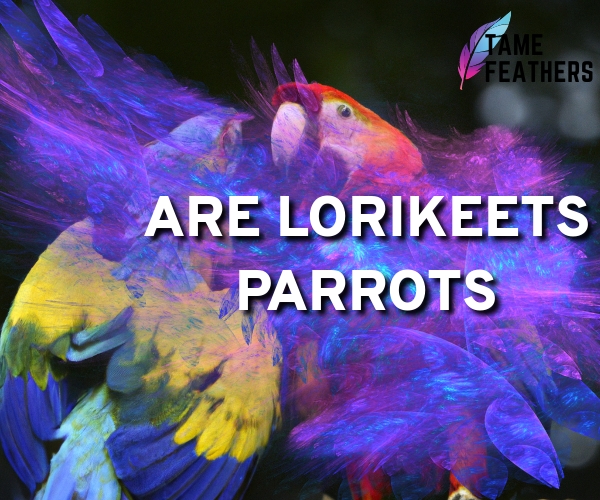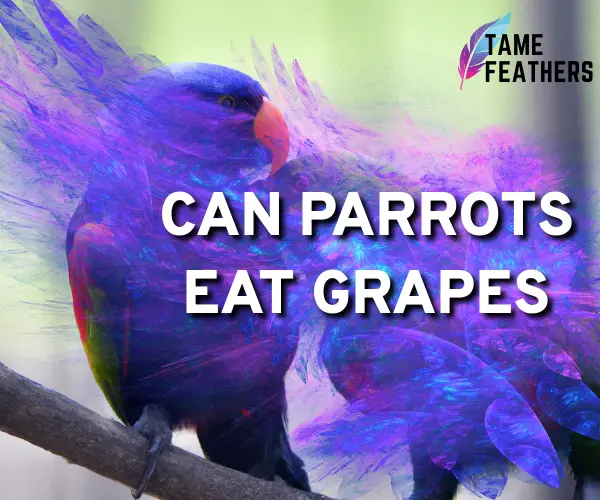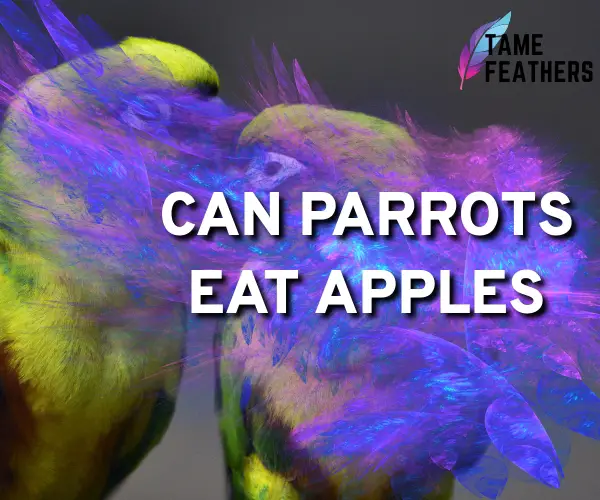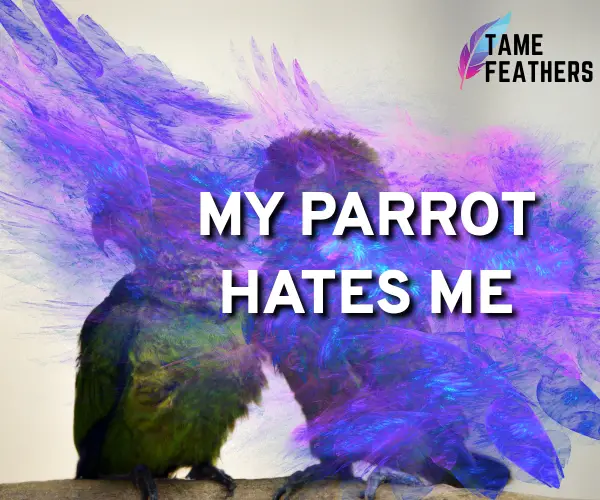What are Lorikeets?
Lorikeets are a type of parrot, and they come in a variety of bright colors. They have an elongated tail, curved beak and their tongues contain tiny hairs that help them extract nectar from flowers. This gives them the name “nectarivorous” or “nectar eating” birds. Other characteristics include short wings and long legs which allow them to cling onto branches while feeding. They also have strong feet with two toes pointing forward and two away from each other. Many lorikeet species can live up to 15 years in captivity, though their lifespan is generally shorter in the wild due to predation by larger animals such as cats, snakes and hawks.Are Lorikeets Parrots?
Yes! While there are many differences between different types of parrots, lorikeets belong to the genus Psittaciformes – just like all other parrot species do- making them true parrots (Psittacines). Some experts would also describe lorikeets as being part of the family Psittacidae while others might call it subfamily Loriinae.Characteristics That Make Lorikeets Unique
Though they share many similarities with other psittacine birds such as macaws and cockatoos, lorikeet behavior sets them apart from these other groups: • Social Behavior: Unlike most other parrot species that tend towards solitary lives; lorikeets prefer living in flocks where they can socialize with one another. The flock will typically consist of both males and females who may form lifelong bonds with one another.• Feeding Habits: Unlike some other bird species who feed on seeds or insects; loriketts feed mainly on nectar taken from flowers using their specialized tongue structure for sucking up liquid sustenance.
Vocalizations: Loriketts communicate through various vocalizations including whistles chirps clicks coos etc., though not all sounds make sense to human ears! Their loud screeches can often be heard echoing among trees during mating season when males attempt to attract mates by showing off their singing prowess.
.
Habitat Requirements Of Most Species Of Lorikettes
Most members of this group inhabit tropical forests but some adapt well enough to survive even within urban areas near human habitations provided they find appropriate food sources nearby such as flowering plants or fruit gardens maintained by humans.Behavioral Adaptability :
.





